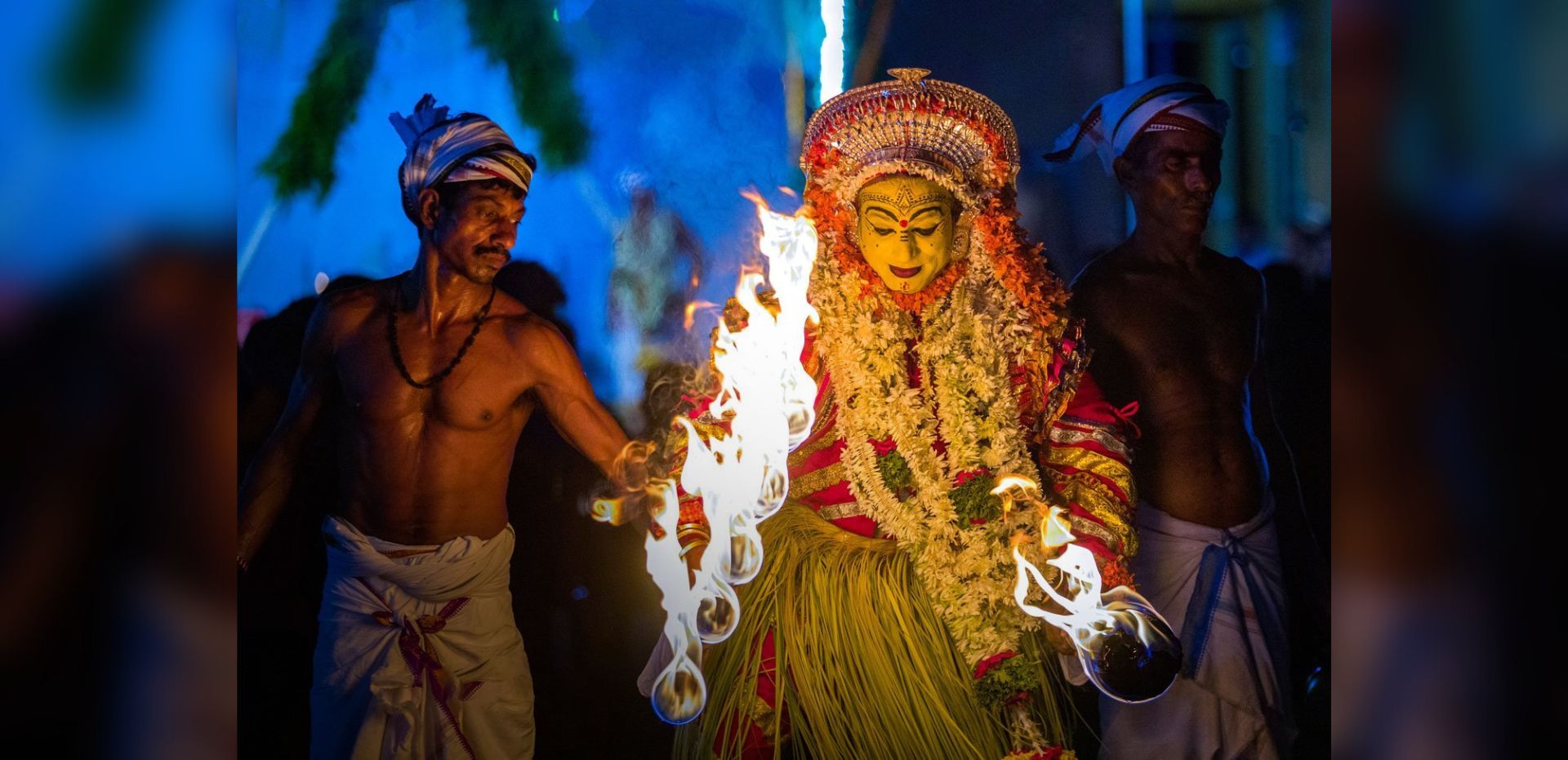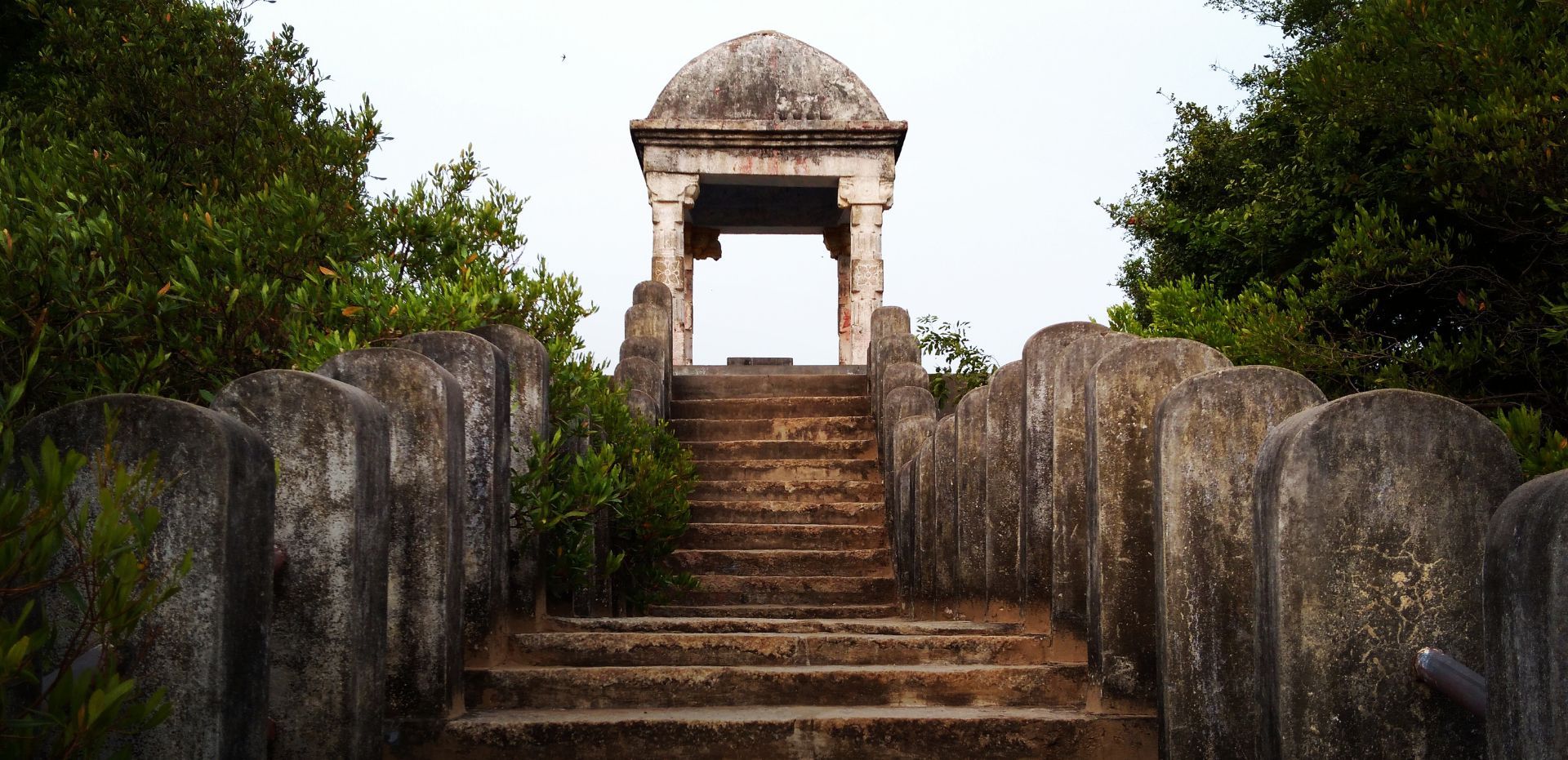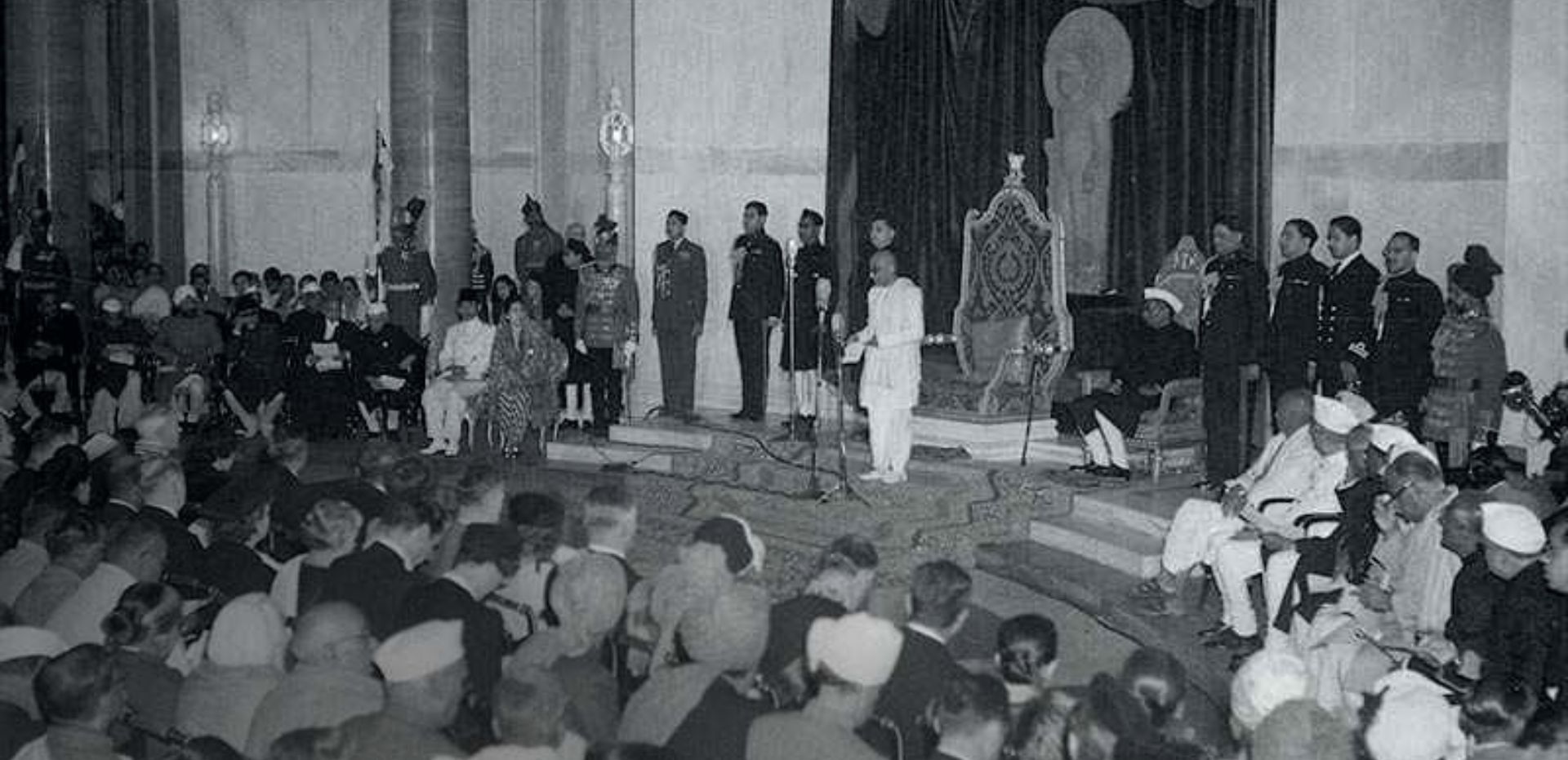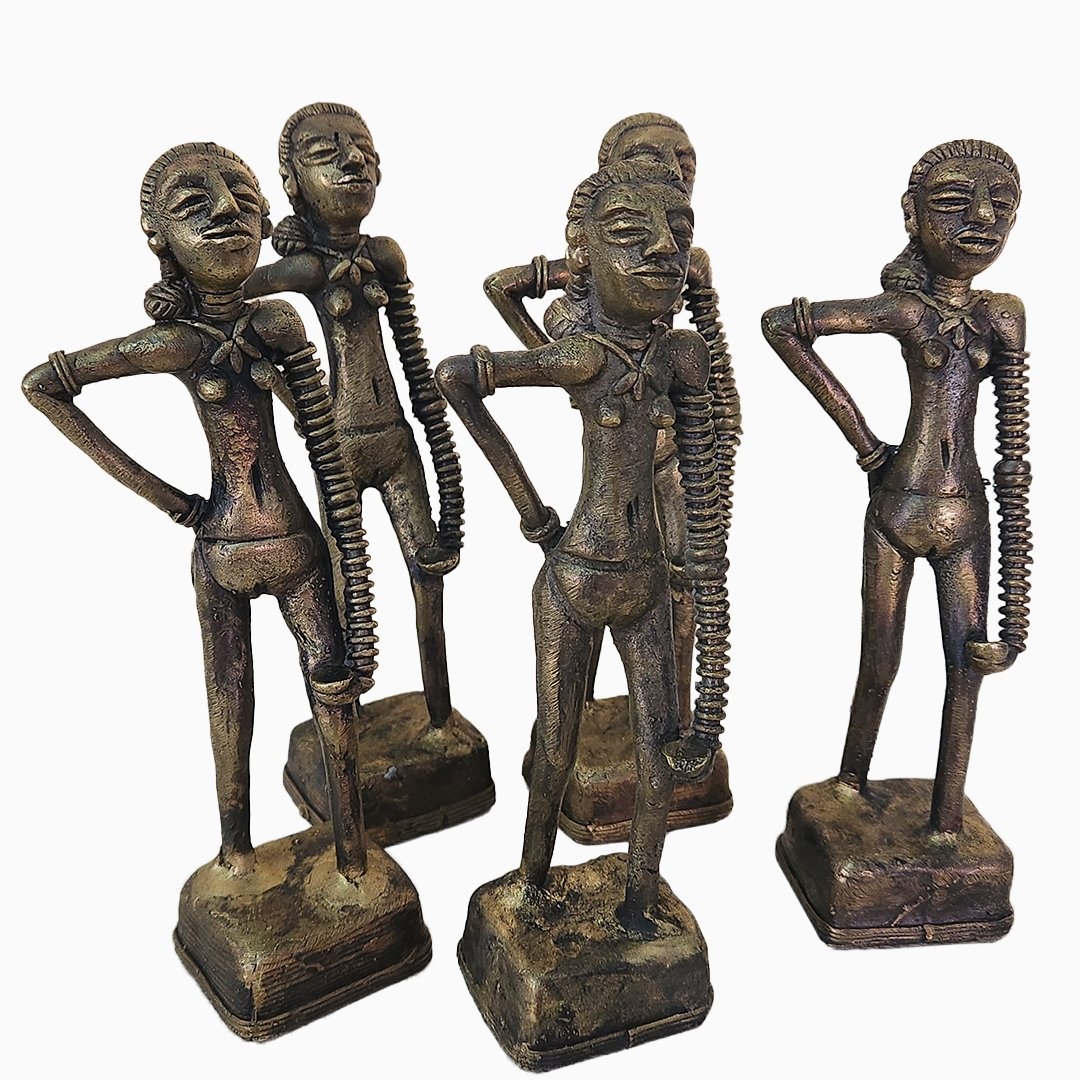Bharat Mata - From Art To Reality
BOOKMARK
In a land where Shakti, the goddess and the female force is worshiped, it is not surprising that the land itself is celebrated as one. Bharat Mata or ‘Mother India’ is a potent symbol, title and war cry. But did you know that the very idea of a Bharat Mata as a deity to be venerated was born as the subcontinent faced a crisis when the British decided to partition Bengal along communal lines, in 1905. In fact, the first known actual representation of the idea of Bharat Mata comes with a painting by the Bengali master, Abanindranath Tagore, the nephew of poet Rabindranath Tagore. And the story behind it is fascinating.
In 1905, the Viceroy of India, Lord Curzon decided to divide Bengal along religious lines - into Hindu and Muslim areas. This was a blatant attempt to use that famous British weapon of ‘Divide & Rule’, that managed to leave a scar for decades to come. In 1905, however, it was a major mistake. While the excuse the British used for the division was economic - by pointing that the ‘Muslim’ East Bengal was poor and so needed special attention, Indians saw this as a blatant attempt to divide the nation and the nationalist movement that was gaining momentum.
Interestingly, the idea of ‘Bharat Mata’ first emerged out of Bengal. First espoused indirectly by poet Bankim Chandra Chatterjee’s haunting ‘Bande Mataram’ composed in 1875, it made its way into his famous novel Anandmath in 1882. The novel was set in the backdrop of the Bengal famine of 1770 and was among the earliest works of fiction with an anti-colonial theme. In Anandmath, Bankim for the first time referred to the nation as ‘Mata’ or Mother, evoking the powerful force of the goddess and merging it with a deep love for the motherland. In 1905, as Bengal and with it the rest of India was caught in the grips of unrest, Bande Mataram became the slogan of nationalism.
It is said that the novel, the poem and the emotions it raised inspired the artist Abanindranath Tagore so much that he decided to give form to the idea and compose a painting which he titled ‘Bharat Mata’. In the land of Durga and Kali, Bharat Mata too was depicted as showing power and love. She was depicted as a four-armed Hindu goddess wearing saffron-colored robes, holding a book, sheaves of rice, a mala, and a white cloth.
Abanindranath Tagore was the great grandson of the pioneering Bengali industrialist Dwarakanath Tagore. Interestingly it was Sister Nivedita, the British disciple of Swami Vivekananda and a close friend of the Tagore family, who first realized the powerful potential of the Bharat Mata painting that he made.
In the journal Modern Review, she wrote –‘This is the first masterpiece in which an Indian artist has actually succeeded in disengaging, as it were, the spirit of motherland’. She further added that she wanted to reprint it and take the copies all over India, ‘till there was not a peasant’s cottage, between Kedarnath and Cape Comorin, that had not this presentation of Bharat Mata somewhere on its walls.’
Through the efforts of Sister Nivedita, this iconic image of Bharat Mata was reprinted in thousands of protesters’ posters and banners across Bengal. The idea turned out to be so powerful that by 1909, just four years after Abanindranath painted Bharat Mata, his work had spread across India. Swadeshi protestors in Uttar Pradesh carried out processions of Bharat Mata images to the chants of ‘Bharat Mata ki Jai’. In Madras, the noted Tamil Poet, Subramanya Bharati, a disciple of Sister Nivedita popularised it through his works. Similarly, Lokmanya Tilak and Lala Lajpat Rai popularised the idea in Bombay and Punjab. Images of Abanindranath’s Bharat Mata could be seen across the country.
While the Partition of Bengal was annulled in 1911, Bharat Mata continued to be a rallying point for nationalists. In 1918, the Bharat Mata Mandir was inaugurated by Mahatma Gandhi in the presence of Sardar Patel and Abdul Gaffar Khan in Banaras.
Over the successive decades, posters of Bharat Mata would appear with all the leaders of India’s freedom struggle from Mahatma Gandhi to Nehru, Bhagat Singh, and Subhash Chandra Bose. Looking back at this phenomenon, Jawaharlal Nehru wrote in his autobiography;
‘It is curious how one cannot resist the tendency to give an anthropomorphic form to a country….. India becomes Bharat Mata….Some such pictures rouse the emotions of hundreds of thousands.’
Today, the original painting by Abanindranath Tagore is in the collection of Rabindra Bharati society in Kolkata. Meanwhile, Bharat Mata, has been forever etched in our public psyche. She is a part of us.
– ABOUT LIVE HISTORY INDIA





















